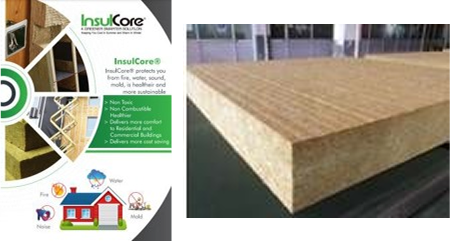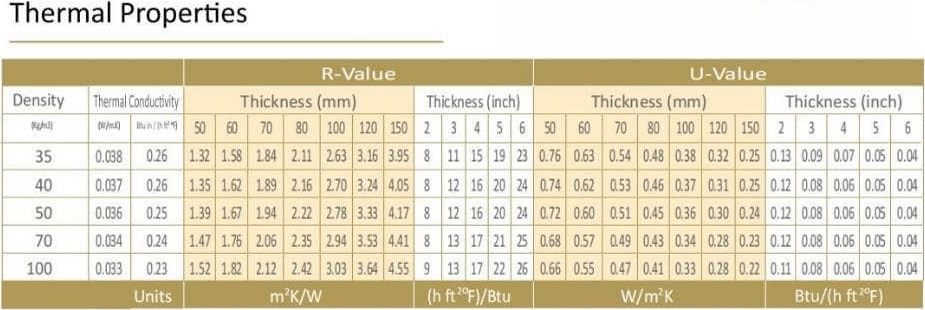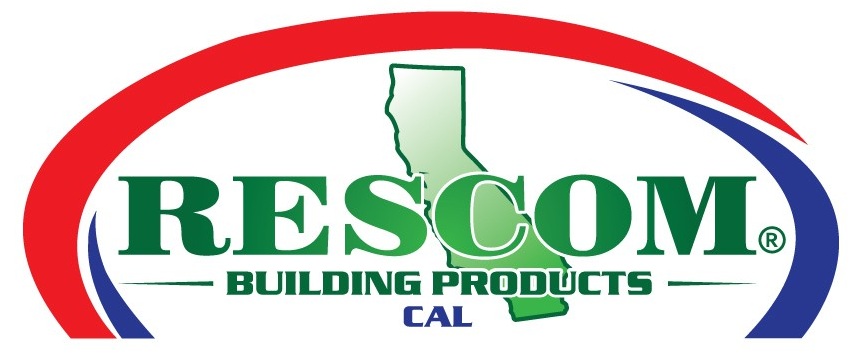

The following requirements give an insight as to the level of noise reduction expected, and what is required when designing a building envelope.
ANSI Sl2.60, Section 5.4, provides minimum OITC ratings for walls and roofs from 30 to 56, correlated to varying outdoor noise levels. This is used in LEED for school buildings, which also includes a maximum back-ground noise level of 45 dB.
2024 IGCC requires an OITC rating of 40, or an STCthe rating of 50 for building envelope, wall, and roof-ceiling assemblies when they are in near proximity to high noise sources.
(HUD)
Housing and Urban Development goals include a maximum interior equivalent day-night noise level of 45 dB.
LEED® v4 has introduced new requirements to earn points for healthcare buildings.
Buildings can earn up to 2 points for minimizing the effects of exterior noise in healthcare facilities.
Superior Thermal R-Value Performance
The importance of thermal co-efficiency in building and construction is recorded as the R-value. The R-value of a product represents the thermal resistance of a wall or other structure to withstand the elements of heat and cold. The greater the recorded R-value of the insulated materials being used results in the systems overall resistance to thermal transfer.







Fire Performance
lnsulCore® ridged insulation has been the primary cavity insulation for major fire and acoustic ceiling, wall, and flooring systems for the past 10 yrs. and has assisted in delivering fire and acoustic protection systems that deliver from 60 min. to 240 min. FRLs solutions with temperatures exceeding 1400 degrees C / 2552 degrees F. The higher melting point of lnsulCore® makes lnsulCore® a more effective product for the protection against fire than that of fiberglass batts.


